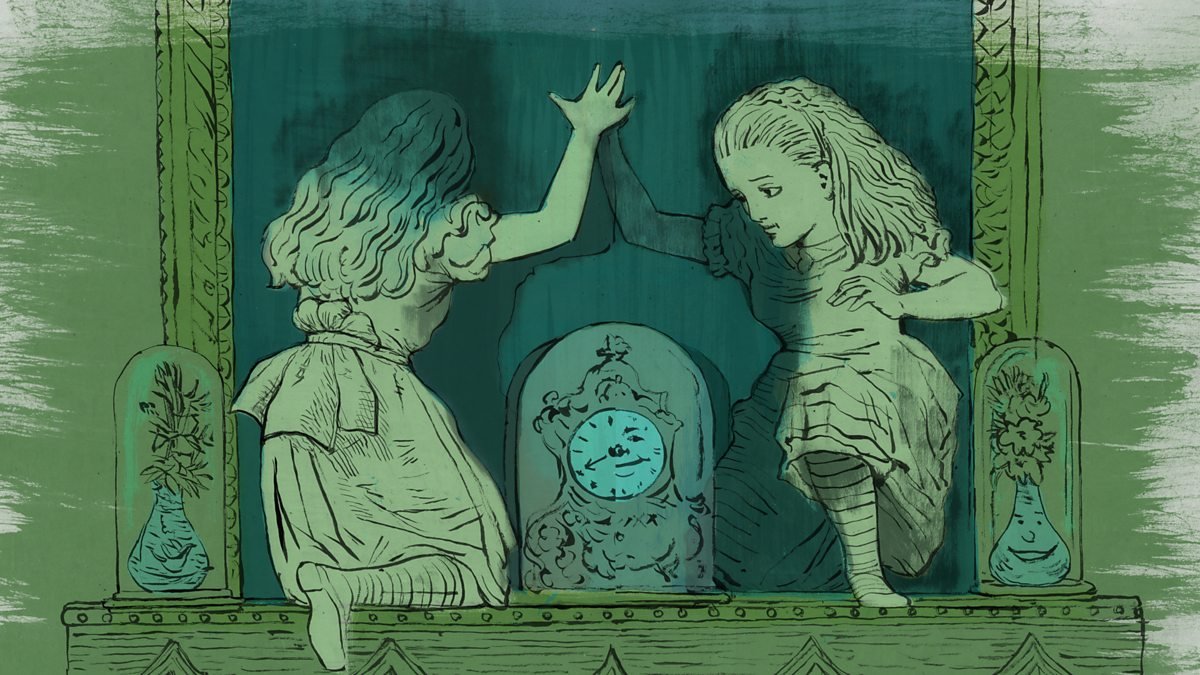Emotional numbness is not the absence of emotion; it is the mind’s strategic withdrawal from unbearable internal intensity. It is a paradoxical state in which the individual feels too little because, at some earlier point, they felt far too much. Psychodynamically, numbness is the final defense against affective overload — the moment when the psyche chooses silence rather than fragmentation. Far from being an empty state, emotional numbness is a highly organized psychological structure designed to preserve coherence at the cost of vitality.
The core mechanism underlying numbness is dissociation. Not the dramatic dissociation of multiple identity states, but the subtle, chronic dissociation in which emotional signals are muted before they reach consciousness. This is not a failure of feeling but an active filtering system. The limbic system generates affect, but the prefrontal networks inhibit its subjective arrival. The result is a muted internal landscape in which the individual can function but not participate in their own experience. They live life from a distance, observing rather than inhabiting their emotions.
Trajectories toward emotional numbness often begin with prolonged exposure to psychological pain — trauma, chronic stress, childhood invalidation, or overwhelming relational conflict. When emotional activation becomes associated with danger, the mind begins to unlink feeling from awareness. Over time, this becomes automatic: the moment an emotion arises, the psyche shuts the door. The person may know intellectually that they “should” be sad, angry, or joyful, but the corresponding affective resonance does not appear. This creates a peculiar split between cognitive recognition and emotional experience: “I know what I feel, but I don’t feel it.”
Such numbness is frequently mistaken for calmness or stoicism. In reality, it is a state of emotional paralysis — the mind frozen in protective mode. People who live in this state often describe themselves as “empty,” “flat,” or “fading.” They do not merely lack emotion; they lack the sense of being moved by life. Relationships feel distant, achievements feel hollow, and even suffering fails to produce relief because one cannot grieve without the ability to feel sorrow. This is one of the cruel ironies of numbness: it prevents both pain and healing.
The social dimension of emotional numbness is equally profound. Because emotions shape attachment, numbed individuals struggle to feel closeness. They may love others conceptually but not viscerally, creating relational dynamics marked by confusion and guilt. Partners may interpret the numbness as coldness, but it is not indifference — it is the inability to connect from within a muted internal world. The person desires intimacy but cannot access the emotional depth that makes intimacy possible. This creates a cycle of disconnection, shame, and further withdrawal.
Neuroscientifically, emotional numbness corresponds to alterations in the salience network — particularly the anterior insula and anterior cingulate cortex. These regions normally integrate interoceptive signals into conscious awareness. When suppressed, life becomes less vivid, less immediate, less embodied. The world remains visible but loses its texture. It is not that the person cannot feel — it is that they cannot access what they feel. The emotional system is intact but offline.
Paradoxically, numbness often hides a reservoir of unprocessed emotion. The psyche cannot erase affect; it can only store it out of reach. Beneath the quiet surface lies a backlog of unresolved grief, fear, or rage. This is why numbness sometimes abruptly breaks — during therapy, a crisis, or a moment of unexpected vulnerability — releasing a flood of emotion the person had long forgotten. Such moments feel destabilizing because they expose what numbness was protecting against. The goal of healing is not to eliminate numbness but to re-teach the mind that feeling is safe.
Emotionally numb individuals frequently report an existential dimension to their experience. Without feeling, the sense of meaning collapses. Emotions are the currents that give direction to inner life; without them, existence becomes mechanical. Time loses depth. Choices lose significance. The self becomes a shadow moving through routines. This is not apathy but a deeper condition — a dissociation from the self as a living organism. To feel numb is not to feel nothing; it is to lose the felt sense of being alive.
Healing from emotional numbness requires a reawakening of interoceptive awareness — a slow, patient reconnection to bodily sensations and internal signals. The key is not forcing emotion but cultivating the conditions under which emotion can safely emerge. Safety, predictability, and relational attunement gradually convince the mind that defenses can relax. Over time, feelings return not as overwhelming waves but as tolerable signals. The person begins to sense color where there was only gray, weight where there was only lightness, presence where there was only distance.
Ultimately, emotional numbness reveals a profound truth about the human psyche: the mind will sacrifice aliveness to protect itself. It will choose emptiness over chaos, silence over rupture. In this light, numbness is not pathology but testimony — evidence of a system that once faced too much and survived by dimming its own light. But that light can be restored. Beneath numbness lies a self waiting to feel again, not broken but asleep, guarding itself until it is safe to wake.





